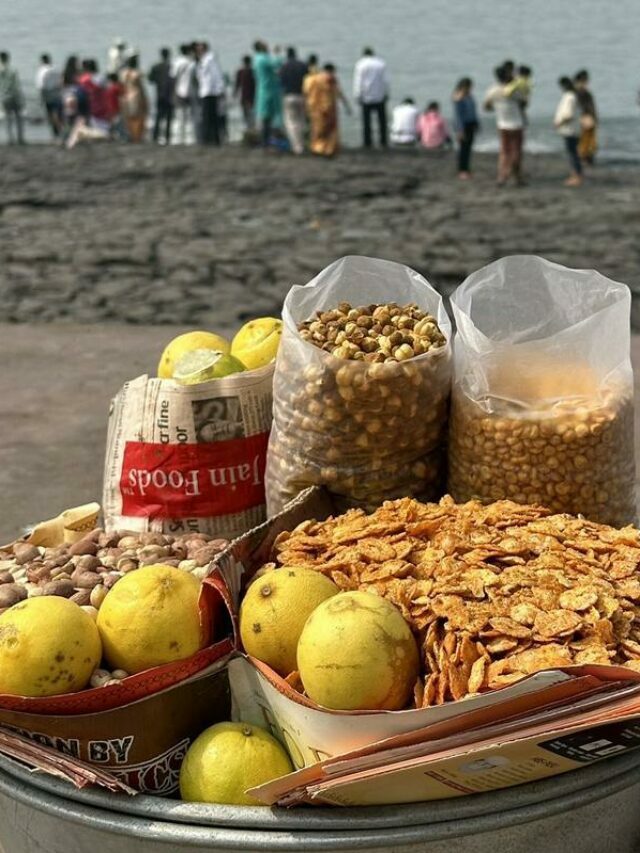In India’s fight for freedom, there’s a song that’s like a heartbeat, pulsing with the spirit of the nation. “Vande Mataram” is more than just a song — it’s a powerful national anthem of India that speaks to the love and pride Indians have for their motherland.
Its story is one of courage and determination, woven into the fabric of India’s struggle against oppression.
Origins
The origins of “Vande Mataram” can be traced back to Bankim Chandra Chattopadhyay, one of India’s most revered writers and poets. In 1882, Bankim Chandra penned the hymn as part of his Bengali novel “Anandamath.”
The novel depicted the Sannyasi Rebellion against British rule in the late 18th century and served as a call to arms for Indian freedom fighters. The words “Vande Mataram” itself mean “I praise thee, Mother” in Sanskrit, paying homage to the land of India as a nurturing mother.
The Sanskrit word “Vande” finds its origins in “Vand”, a term present in Rigveda. It signifies “to praise, celebrate, laud, salute respectfully.” On the other hand, the term “Mataram” has Indo-European roots, resembling “Matar-” in Sanskrit, “méter” in Greek, and “mâter” in Latin, all meaning “mother.”
This stirring poem is a tribute to the motherland, written in a blend of Sanskrit and Sanskritised Bengali. Its title translates to “I praise you, Motherland,” encapsulating the deep reverence and love for India felt by its author and later by countless patriots.
The song was originally conceived as a slogan and a song that inspired Indians to seek independence from British colonial rule.
The poem’s first two verses were formally adopted as the National Song of India by the Congress in October 1937, mark ing a significant moment in the country’s journey toward independence.
Vande mataram sujalam suphalam malayajasitalam sasya syamalam mataram vande mataram”
“subhra jyotsna pulakita yaminim phulla kusumita drumadalasobhinim suhasinim sumadhura bhasinim sukhadam varadam mataram Vande Mataram”
First two verses of Vande Mataram
Vande Mataram after Indian Independence
On January 24, 1950, a momentous day in the annals of Indian history, the Constituent Assembly of India took a pivotal step by formally adopting “Vande Mataram” as the national song of the Republic.
This decision, led by the visionary leaders of the time, including President Rajendra Prasad, highlighted the profound significance attributed to the song in the collective consciousness of the nation.
President Prasad announced that “Vande Mataram” deserved equal honor alongside India’s national anthem, “Jana Gana Mana,” recognizing its emotive power and symbolic importance in the struggle for independence and the building of a new India.
Although the Constitution of India does not explicitly designate a “national song,” the ethos behind “Vande Mataram” and its cultural resonance prompted the Indian government to address its status in contemporary times.
In November 2022, the government filed an affidavit at the Delhi High Court, affirming that both “Jana Gana Mana” and “Vande Mataram” should be accorded equal regard and reverence by the citizens of India.
This declaration solidified the place of “Vande Mataram” alongside the national anthem, emphasizing the imperative for citizens to hold both compositions in high esteem as symbols of the nation’s rich heritage and aspirations for unity and progress.
Rise to Prominence during India’s struggle for Independence from Britain
“Vande Mataram” quickly gained popularity, transcending its literary origins to become a rallying cry for India’s freedom movement.
It captured the imagination of the masses, inspiring generations of Indians to envision a liberated homeland. During the Swadeshi Movement in the early 20th century, “Vande Mataram” became the anthem of resistance against British imperialism.
Its verses echoed in protest marches, public gatherings, and the fervent cries of patriots across the nation.
The song’s power lay not only in its evocative language but also in its ability to unify Indians across diverse linguistic, cultural, and religious backgrounds.
It kindled a sense of solidarity among the people, forging a collective identity rooted in the shared aspiration for freedom.
Difference between the national song and the national anthem of India
The difference between the national song and the national anthem of India lies primarily in their roles and significance within the country’s cultural and patriotic context:
- National Anthem (Jana Gana Mana):
- The national anthem is a musical composition officially adopted by a country as a symbol of its identity and unity.
- In India, “Jana Gana Mana” was penned by Rabindranath Tagore and was officially adopted as the national anthem in 1950.
- It is typically played or sung on ceremonial occasions, such as the beginning of official functions, gatherings, and events, as a mark of respect and patriotism.
- The national anthem represents the entirety of the nation and is intended to evoke feelings of unity and pride among citizens.
- National Song (Vande Mataram):
- The national song is a patriotic composition that reflects the cultural and emotional ethos of a nation.
- In India, “Vande Mataram” was originally a poem written by Bankim Chandra Chatterjee in the late 19th century and later set to music.
- While not officially recognized as the national anthem, the first two verses of “Vande Mataram” were adopted as the national song of India in 1950.
- “Vande Mataram” holds a special place in Indian history and is often sung at nationalistic events, ceremonies, and gatherings.
- Unlike the national anthem, “Vande Mataram” is more expressive of the emotional bond between the people and their motherland, encapsulating themes of love, devotion, and reverence for India.
Controversy and National Anthem Status
However, “Vande Mataram” also sparked controversy, particularly regarding its religious connotations. Some Muslims objected to certain verses of the song, perceiving them as idolatrous and contrary to their beliefs. Despite efforts to accommodate these concerns, debates over the song’s suitability persisted.
In 1950, when India adopted its Constitution, “Jana Gana Mana” by Rabindranath Tagore was chosen as the national anthem, while “Vande Mataram” was granted the status of the national song.
This decision aimed to respect the sentiments of all communities while acknowledging the historical significance of both compositions in India’s struggle for independence.
Legacy and Cultural Significance
Today, “Vande Mataram” remains a cherished symbol of India’s nationalist fervor and cultural heritage. Its verses evoke a profound sense of patriotism, reminding Indians of the sacrifices made by their forebearers in the quest for freedom.
The song continues to reverberate in various spheres of Indian life, from political rallies to cultural events, serving as a potent emblem of national unity and resilience.
In addition to its political resonance, “Vande Mataram” has permeated popular culture, inspiring countless renditions in music, dance, and cinema. Artists and performers have imbued the song with new interpretations, infusing it with contemporary relevance while honoring its timeless essence.























Leave a Reply